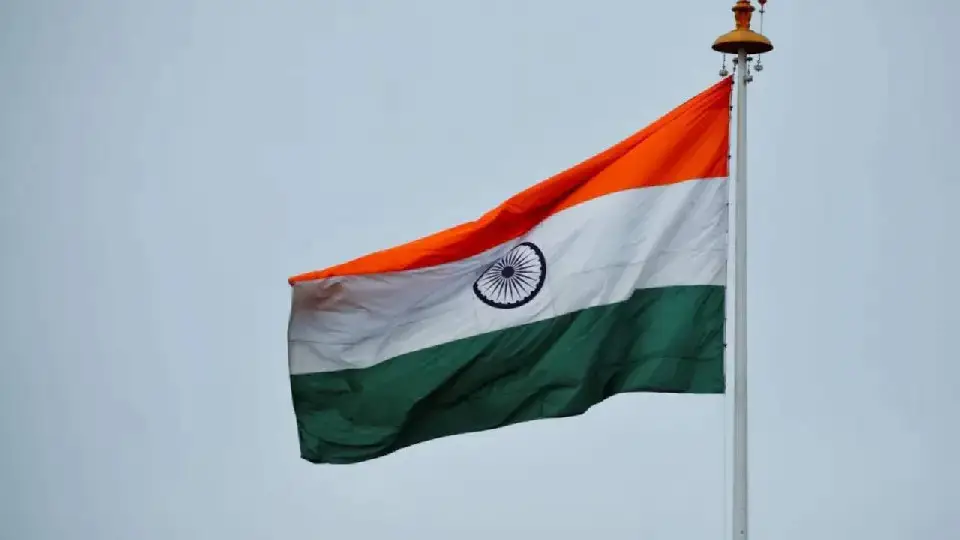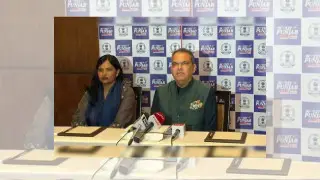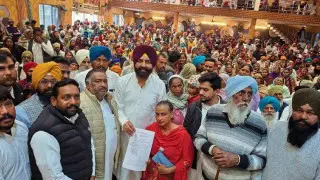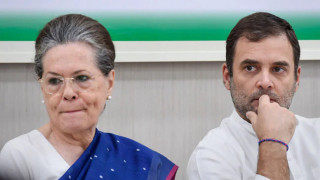
Flag Code of India
Independence Day 2025: The 79th Independence Day is near, and the patriotic fervor is at its peak across the country. This time too, under the Har Ghar Tiranga Abhiyan, preparations are in full swing to hoist the tricolor in every street, locality, and house. The tricolor is not just a cloth, but it is a symbol of India's freedom, unity, and pride. But, before hoisting it, it is important to know that there is a fixed code of conduct for our national flag, which is mandatory for every citizen to follow. Hoisting the tricolor in the wrong way is not only improper, but it is also punishable under the law.
The Indian Flag Code 2002 lays down detailed rules for the display, use, and care of the national flag. It clearly states how the tricolor should be hoisted, under what circumstances it should not be hoisted, and how to preserve it respectfully after the ceremony. If you want to wave the tricolor proudly this Independence Day, then follow these rules.
Size and proportion—The national flag should always be rectangular. The ratio of its length and width must be 3:2. The size may vary, but the proportion should not change.
Choice of fabric-The tricolor can be made from hand-woven or hand-spun fabrics such as khadi, silk, wool, cotton, or polyester. From December 2021, machine-made tricolors have also been allowed.Who can hoist it? Any Indian citizen, private organization, or educational institution can hoist the national flag on any day of the year, provided it is done with full respect and dignity.
Deadline-After the amendment made in July 2022, the tricolor can now be hoisted both during the day and at night. However, it is necessary to have adequate lighting on it when hoisting it at night.













Copyright © 2025 Top Indian News
